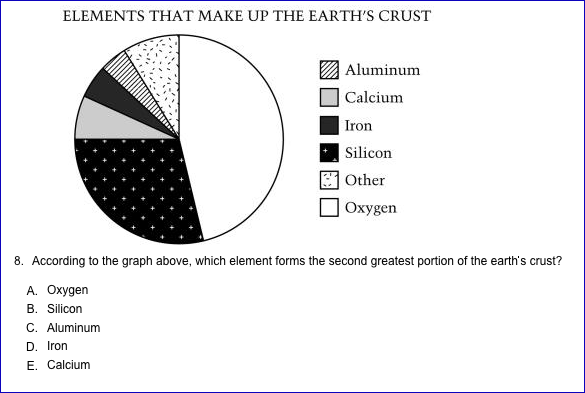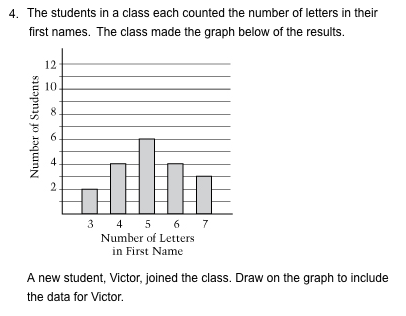What do the Queen of England, the Super Bowl and the United States Constitution have in common?
2013-01-30
Which Super Bowl is this, again, dear?
Another pop quiz!
What do the Queen of England, the Super Bowl and the United States Constitution have in common?

What do the Queen of England, the Super Bowl and the United States Constitution have in common?
2013-01-24
Consorting with consortia
Common Core sets the standards, and two consortia, PARCC and SBAC,
will write and grade the tests that assess whether those standards were
attained. It’s a very cosy, profitable arrangement where the heaviest
burdens and risks fall on the educators and students.
UCLA’s National Center for Research on Evaluation, Standards, and Student Testing (CRESST) has published this month a report called On the Road to Assessing Deeper Learning: The Status of Smarter Balanced and PARCC Assessment Consortia.
The report gives a general stamp of imprimatur to ongoing progress (what did you honestly expect?) cloaked in the usual hedged language:
The CRESST report sounds one note of caution: ``Absent strong representation in the new assessments, students' deeper learning likely will be compromised.’’ Therein lies the rub: will the ``assessments call for deeper learning and reflect 21st century competencies’’? (CRESST report, p.5)
As we at ccssimath.blogspot.com are also interested in the assessments being developed by PARCC and SBAC, we thought we’d follow CRESST’s lead and release our own status report.
UCLA’s National Center for Research on Evaluation, Standards, and Student Testing (CRESST) has published this month a report called On the Road to Assessing Deeper Learning: The Status of Smarter Balanced and PARCC Assessment Consortia.
The report gives a general stamp of imprimatur to ongoing progress (what did you honestly expect?) cloaked in the usual hedged language:
Study results indicate that PARCC and Smarter Balanced summative assessments are likely to represent important goals for deeper learning, particularly those related to mastering and being able to apply core academic content and cognitive strategies related to complex thinking, communication, and problem solving.Any challenges in implementation, the report foresees, will not be substantive but rather ``technical, fiscal, and political’’.
The CRESST report sounds one note of caution: ``Absent strong representation in the new assessments, students' deeper learning likely will be compromised.’’ Therein lies the rub: will the ``assessments call for deeper learning and reflect 21st century competencies’’? (CRESST report, p.5)
As we at ccssimath.blogspot.com are also interested in the assessments being developed by PARCC and SBAC, we thought we’d follow CRESST’s lead and release our own status report.
2013-01-16
Graphs and data analysis – Part 2
What happens to 12 pizza pies at a school party? POOF, before you know it, they’ve disappeared.
We begin, as we often do, with questions from the National Assessment of Educational Progress (``The Nation’s Report Card’’). In 2005, students were asked to study a pie chart (alternately called a circle graph):

We begin, as we often do, with questions from the National Assessment of Educational Progress (``The Nation’s Report Card’’). In 2005, students were asked to study a pie chart (alternately called a circle graph):
2013-01-09
Graphs and data analysis – Part 1
In
2007, the National Assessment of Educational Progress (also known as
``The Nation’s Report Card’’) gave the following task to 4th graders:

This question demonstrates that even at the elementary school level, it is possible to usefully integrate several aspects of problem posing: that the problem be lengthy, that it bring together multiple math skills, and that the path to the solution not be readily apparent. (We have previously coined the phrase ``length, connectivity and dimensionality’’ to describe this triumvirate of features.)
As our regular readers may surmise, we wouldn’t lead off with this question if there weren’t something more to it. The specific task the NAEP required students to perform barely scratches the surface of the issues and learning possibilities contained in this fact pattern.
This question demonstrates that even at the elementary school level, it is possible to usefully integrate several aspects of problem posing: that the problem be lengthy, that it bring together multiple math skills, and that the path to the solution not be readily apparent. (We have previously coined the phrase ``length, connectivity and dimensionality’’ to describe this triumvirate of features.)
As our regular readers may surmise, we wouldn’t lead off with this question if there weren’t something more to it. The specific task the NAEP required students to perform barely scratches the surface of the issues and learning possibilities contained in this fact pattern.
Subscribe to:
Comments (Atom)